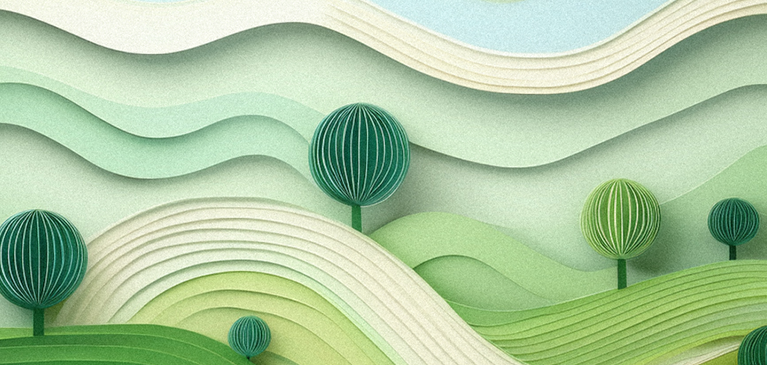
Landscaping is one of the first things guests see when they visit, it enhances the beauty of your home and creates an inviting outdoor space. Whether you’re starting from scratch or refreshing your current landscape, thoughtful planning and creativity can help you achieve a stunning yet functional yard!
Assessing the current situation, setting goals, and planning your space are all key aspects of landscaping. Take time to stroll around your property and identify areas that may need improvement. During this you can be thinking through what you want to add, these could be things like adding a different variety of flowers for more color, a bonfire pit with seating, or an extra garden bed so you can grow more food this summer! Once you have some ideas in mind, sketch out your vision and set goals for the project!
When identifying plants to use in landscaping, they will often be an annual or a perennial. All annual plants will complete their life cycle in one year and will need to be planted again. Annuals fall into three categories: hardy or cool-season, tender or warm-season, and half-hardy. These break down what season and climate your annuals will do best in. Many annual plants flower for long periods of time in one season in order to generate enough seeds, so oftentimes perfect for landscaping.
Perennial plants do not complete their life cycle in one year, but return each year to continue growing, with a varying life span. Typically, perennials flower for one season each year and remain as foliage for the other seasons. Perennials may be more cost upfront but are a great investment for low maintenance landscaping. Both annuals and perennials are great choices for landscaping; consider a mix of both with different bloom times to maximize your liveliness year-round!
Incorporating native and low maintenance plants is one of the best ways to create a sustainable and easy landscape. Taking some extra time when planning to research what plants are native in your area can be helpful to reduce water, fertilizer, and maintenance. Native plants support wildlife too, like birds and pollinators. Consider mixing in native perennials and shrubs for year-round color and texture, while reducing the need for replanting and caring for your environment.
Now that the plants are identified, you can consider adding functional and aesthetic elements to add the finishing touches to your landscaping project. Paths, patios, and seating areas can provide practical outdoor entertainment spaces, while decorative elements like garden art, lighting, or even a water feature can add charm and character. Items like raised garden beds, vertical planters, or a pollinator box can add charm and utility to your space!
Once your landscape is in place, try and find a regular maintenance routine that works best for you. Regular watering, weeding, pruning, and mulching can keep your landscape looking its best. As seasons change you may want to swap out annuals, trim overgrowth, or add new fauna. Landscaping adds to the beauty of your new or existing home, and these tips can help you create or refresh your space!
To view the spring 2025 issue of Partners magazine in its entirety, click here.


